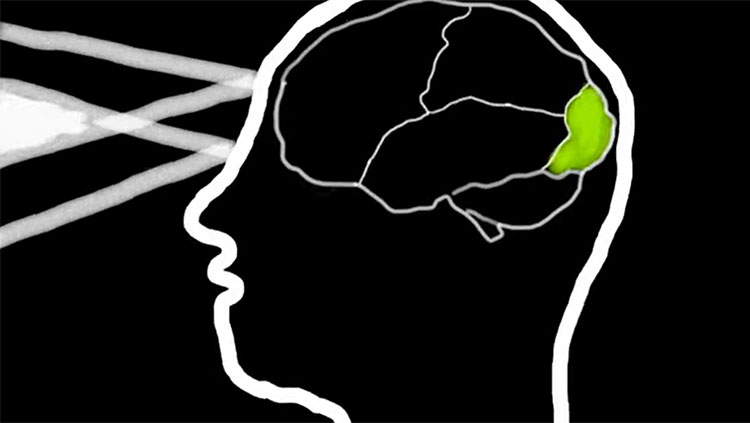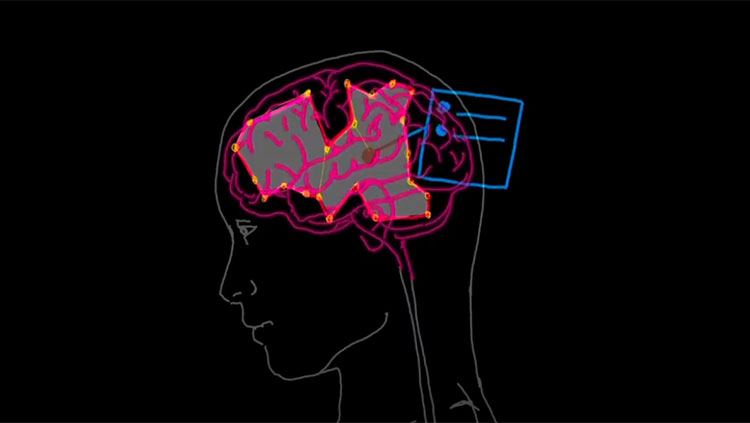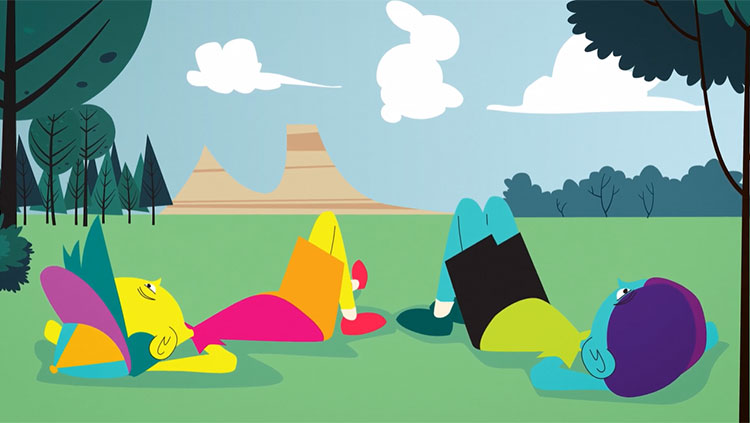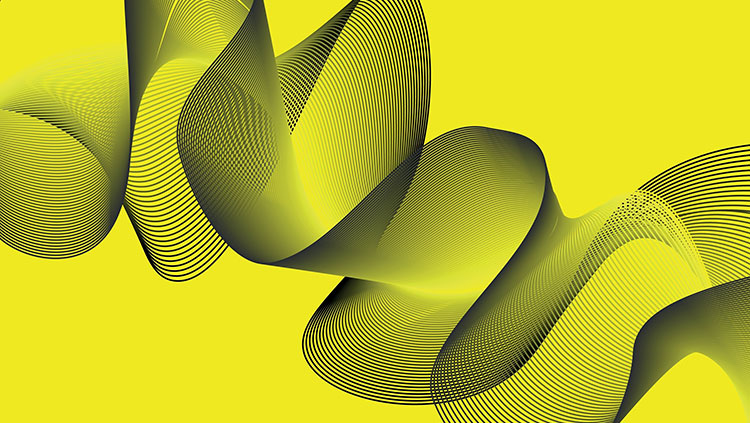The Neuroscience Behind Conspiracy Theories
- Published18 Nov 2024
- Source BrainFacts/SfN
The world is full of baseless conspiracy theories. These theories are popular in part because they’re designed to take advantage of key neural processes, like our brains’ tendency to identify patterns and prioritize information that supports our preexisting beliefs. Research suggests people who believe conspiracy theories are more confident in their ability to predict random events and identify patterns when there aren’t any.
It’s possible dopamine plays a role in this phenomenon, too. This chemical helps reinforce our beliefs and update our forward-looking expectations. Some conditions, like paranoia and psychosis, can cause the brain to make too much dopamine. And when people in one study received artificial boosts of dopamine, they were more likely to “see” nonexistent patterns, although participants who already believed in conspiracy theories saw little changes to their pattern recognition ability.
This is a video from the 2024 Brain Awareness Video Contest.
Created by Renata Sadretdinova.
CONTENT PROVIDED BY
BrainFacts/SfN
Transcript
Did you know that Australia doesn't exist? The government lies to us—
Really? It's clearly a conspiracy theory. How can anyone believe that? This question is actually deeper than it seems. To answer it, we first need to understand how our brains interpret the world and form our perception of reality.
The human brain gets a constant flow of information, and its main job is to make sense of it. It does this by finding connections between events in the environment. That's how we learn — connecting thunder and lightning, smoke and fire, Shakira and slaying. It's totally natural.
But sometimes, our brain can link things that are not really related, creating superstition and false beliefs. Being a bit superstitious is natural, too though. In one study, monkeys had to learn which pictures were better than others based on arbitrary ranking. If they chose correctly, they got a treat.
But here is a twist: Sometimes there was no established ranking, and the treats were given at random. Guess what? The monkeys still created their own rankings, even when there wasn’t. This shows that seeing connections where there are none is a byproduct of how they learn.
However, according to another study, conspiracy theory believers tend to form stronger superstitions.
The participants were looking at the series of random coin flips, and they were asked if they could see any pattern. People who believed in conspiracy theories were more likely to see a pattern, and they were more confident they could have predicted the next flips. Spoiler: They couldn’t.
You might argue that most people, even those who believe in conspiracy theories, can usually tell real patterns from fake ones. So, something about conspiracy theories tricks our normal learning process. So, what makes our brains confident that some connections are real?
The answer is quite simple: direct evidence supporting the existence of the connection. And the process of updating our expectations based on new evidence is called reinforcement learning.
For example, imagine you’ve never tried ice cream. You might assume it could taste good, and this is going to be your primary expectation. When you try it and realize that it tastes great, that would be your collected evidence, and it would update your expectation that ice cream is tasty next time you eat it.
It is well established that the brain signals this update through releasing a molecule called dopamine. Dopamine is released every time that reality exceeds our expectation — something called positive prediction error.
Dopamine helps us learn from rewards, like ice cream tasting good, or avoid bad things, like stepping on a rake (at least for some of us). If dopamine reinforces our beliefs, could it also be responsible for believing in conspiracy theories?
Scientists have studied this by artificially increasing dopamine levels in people and seeing how it affects their learning. People with higher dopamine levels were more likely to see patterns in random images and words in random letter combinations. But this didn't change much for those who already believed in conspiracy theories.
True, most people don't participate in crazy experiments to increase dopamine every day.
But there are some conditions in which the brain actually can make too much dopamine, like in psychosis and paranoia. So, it seems that too much dopamine can make people see connections that aren't real, which might explain the mechanism behind conspiracy theory beliefs.
So, what exactly about conspiracy theories causes our brains to produce more dopamine?
First, conspiracy theories are designed to grab our attention. Cues that are potentially important for us — like threats from war, conflicts, political scandals, or DiCaprio’s new girlfriend — can all increase our dopamine levels.
Second, they offer simple explanations for complex issues. In fact, all conspiracy theories use common methods to simplify the reality, such as reducing the number of possible explanations, blaming a single person or group, and creating an "us versus them" battle.
Third, conspiracy theories trigger strong emotions, and they appeal to anger, distrust, and fear. They engage parts of our brains that are less rational, leading us more quickly to incorrect conclusions.
Fourth, confirmation bias. It makes us look for information that supports what we already believe. For example, if you think a certain theory is true, you will notice things that support it and reject things that don't.
So, next time you hear a wild conspiracy theory, remember — it's not just about believing the unbelievable. Our brains are wired to find patterns and rewards, sometimes leading us astray.
But if it's true, and everyone is possibly a victim of a new conspiracy theory, do we stand any chance of seeing things clearly?
That's actually a good question. Some researchers studied the trending patterns of a well-known conspiracy theory on Twitter. What they found out: The best way to fight a conspiracy theory is constant fact-checking and the deletion of specific tweets to prevent the spreading.
Understanding the brain and our instinctive behaviors can help us navigate a world full of information and misinformation. Stay curious and skeptical.
Also In Thinking & Awareness
Trending
Popular articles on BrainFacts.org

















